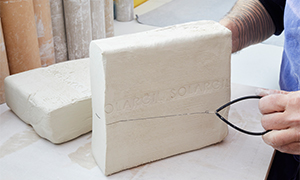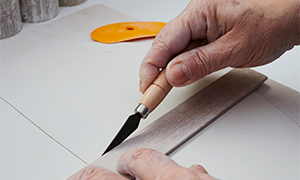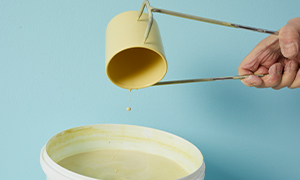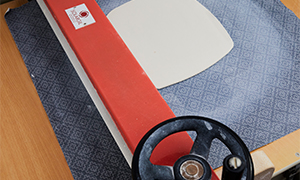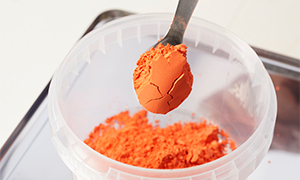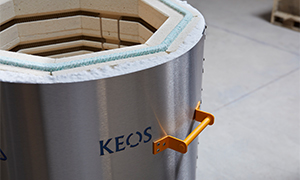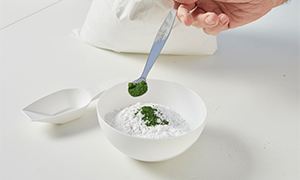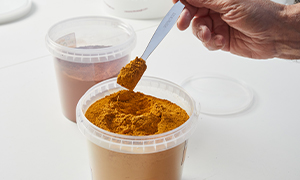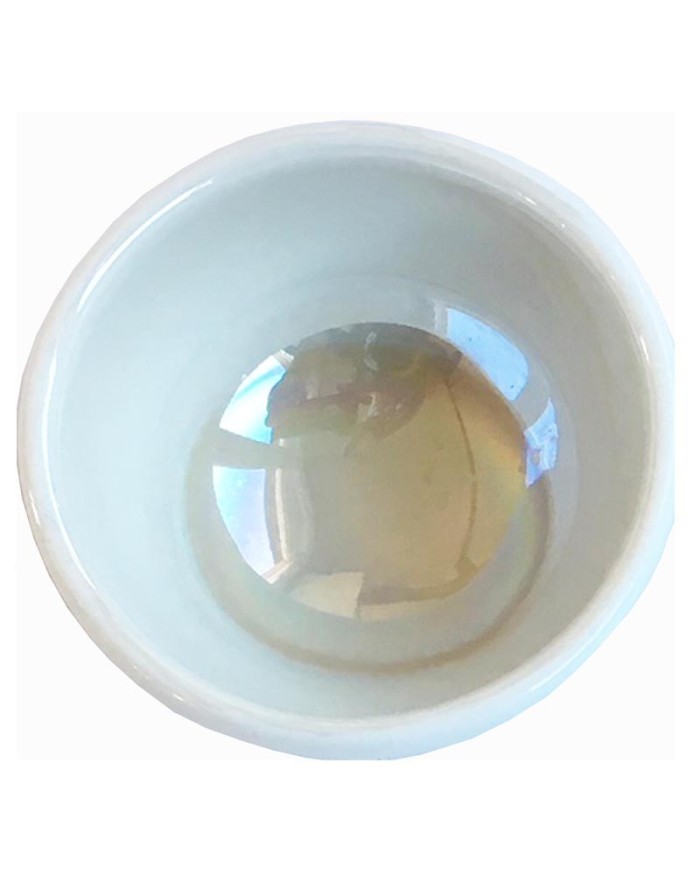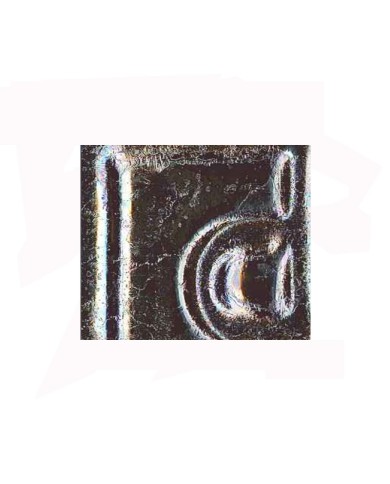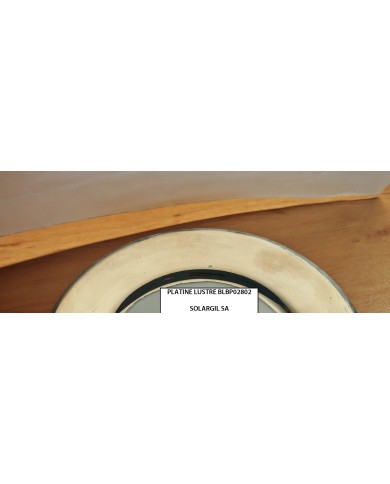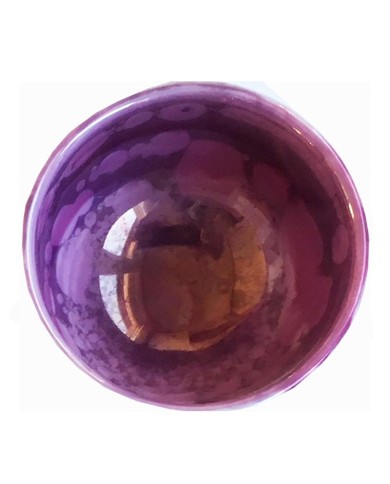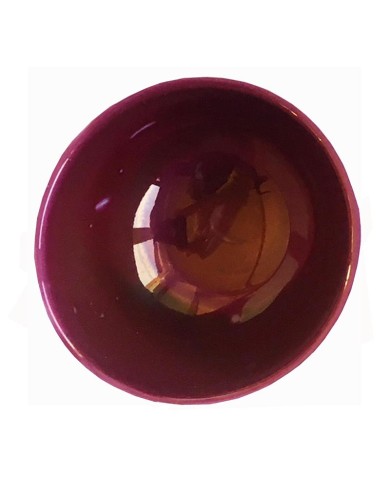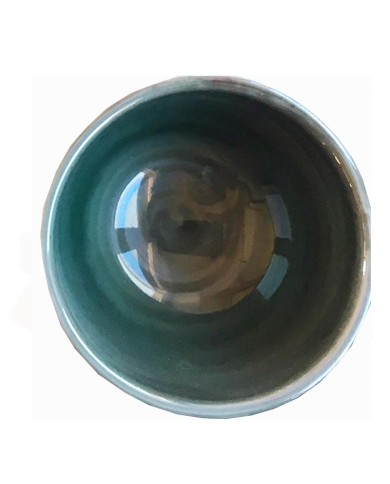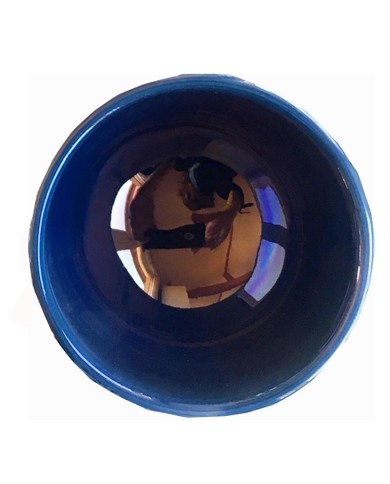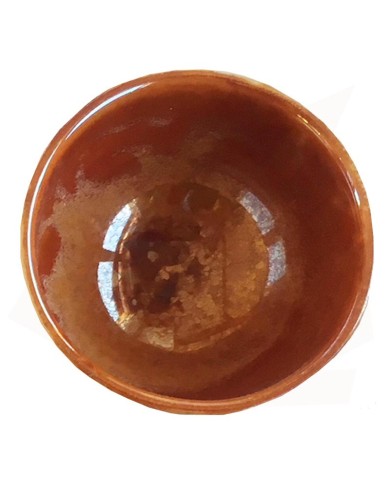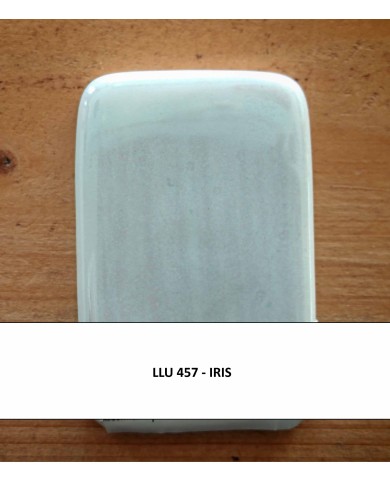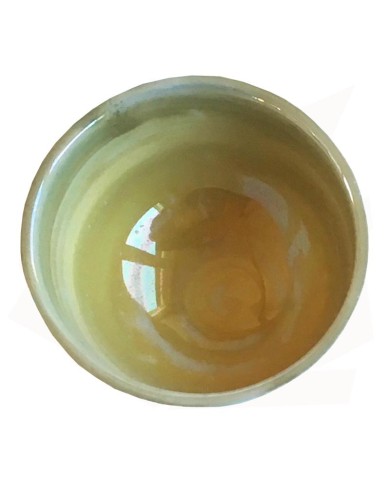LUSTRE 3EME FEU BEIGE PEARL 663/B BLLU663/B
BEIGE PEARL 663/B LUSTRE 3RD FIRING BLLU663/B
Lustre beige pearl
Firing temperature : 750-820°C
Ref : BLLU663/B
TECHNICAL INFORMATION
BEIGE
PRODUCT: BLLU663/B
DESCRIPTION:
BLLU 663/B is a liquid with a glossy beige after-firing result for brush and spray application on vitreous surfaces, such as ceramics and glass.
CHARACTERISTICS:
Viscosity: 0,02-0,04 Pas. 30ºC.
Consistency: medium viscosity liquid.
Shelf life: about one year at 20ºC.
Colour: Beige.
Substrate: Tile, porcelain and glass.
Application: Brush and spray gun.
Thinning: Not necessary for brush. Recommended limit of about 5%. For spray application it is possible to add up to 15 % thinner.
Firing temperature: Porcelain 750-820 ºC.
Glass 550-620 ºC
STORAGE:
Store in a dry place. Away from possible sources of ignition and/or sparks.
METHOD OF USE:
Use with brush and spray gun Wear safety gloves. Do not breathe possible vapours. If thinning is necessary, use thinner D23 until the desired viscosity is reached. It is not recommended to thin more than 15%.Apply on the surface to be decorated with brush and bake according to substrate as indicated above.
Generalities:
Luster are inorganic solutions of metallic combinations that allow to obtain very bright decorations with iridescent effects on smooth substrates (glass, enamel, crystal...).
The pigments are either precious metals or tinctorial oxides of certain metals; the solvents are mainly essential oils.
A ready-to-use lustre preparation comes in the form of a perfectly clear solution which does not contain any undissolved pigments in suspension.
Lustres can be used either directly or diluted, depending on the viscosity.
Only oils and essences of the highest quality should be used as thinners.
Chandeliers are applied by brush, spray, pad, direct printing or decal.
Dust and moisture droplets are a hindrance to the application and firing of chandelier decorations, so it is very important that the decoration workshops are kept clean.
In general, chandeliers are applied in the same way as liquid brilliant gold and, after firing, form an extremely thin layer of metal oxides which is partially melted on the surface of the glass or glazes to which it has been applied. It produces certain original effects that cannot be achieved by other means.

